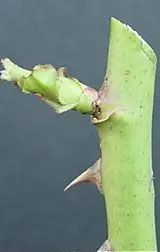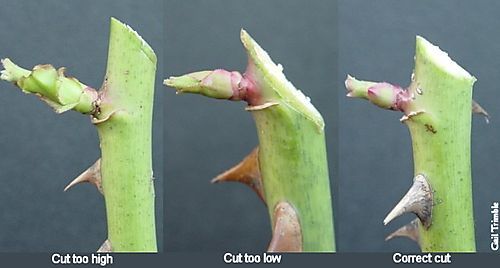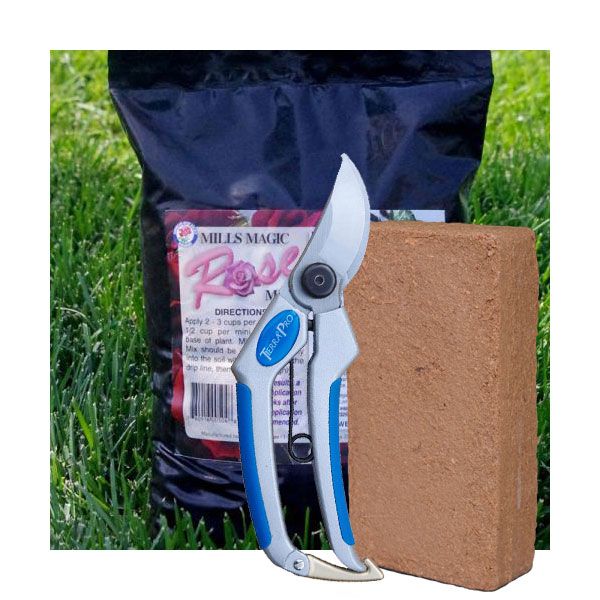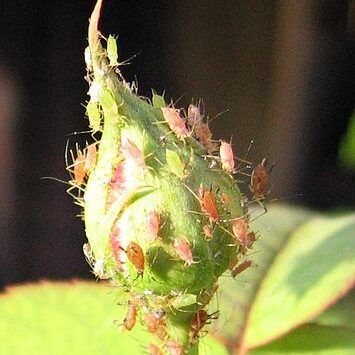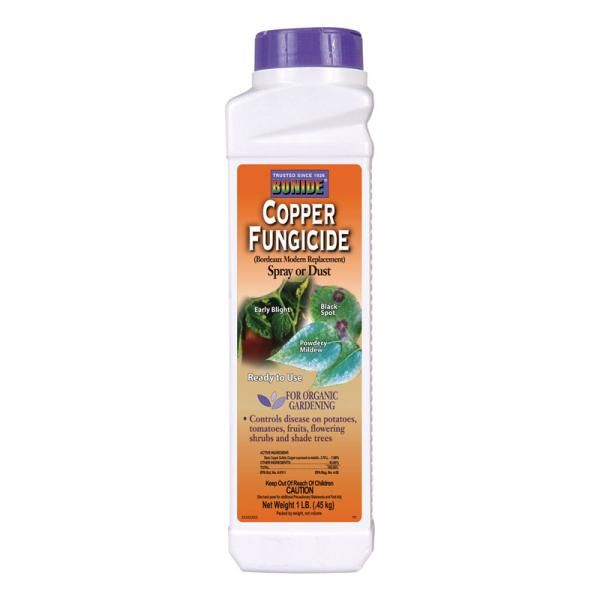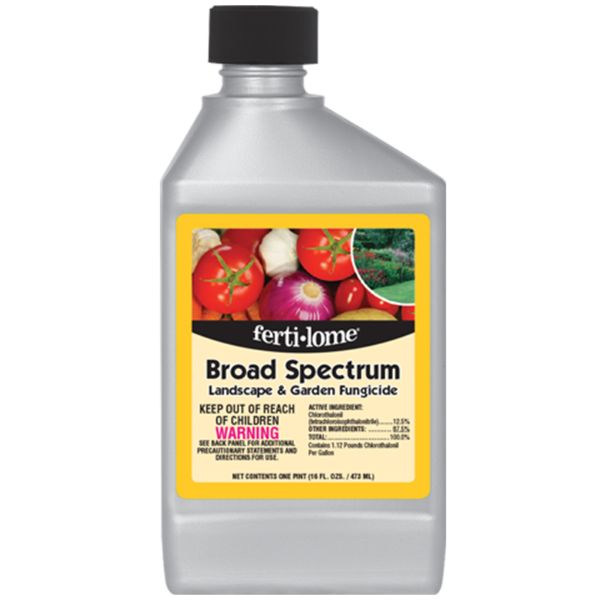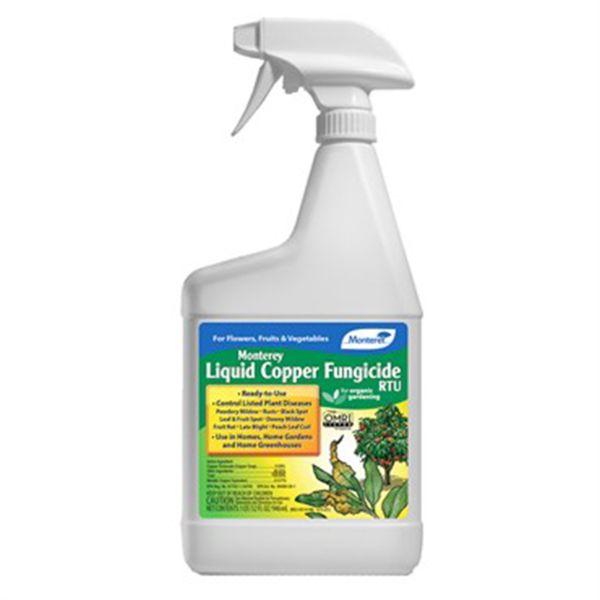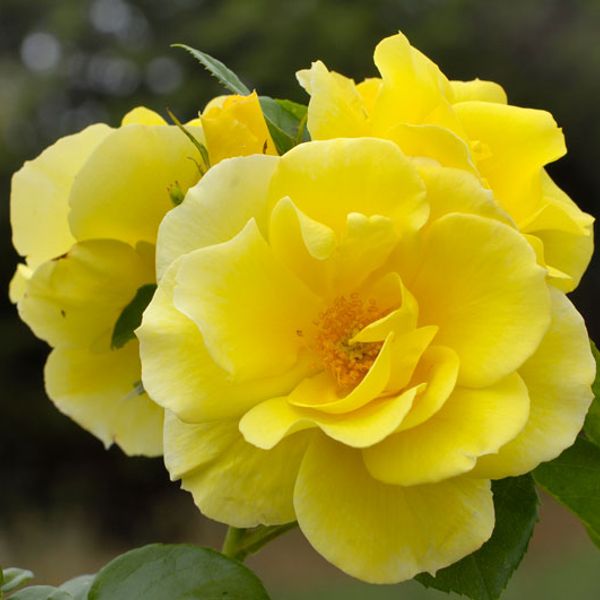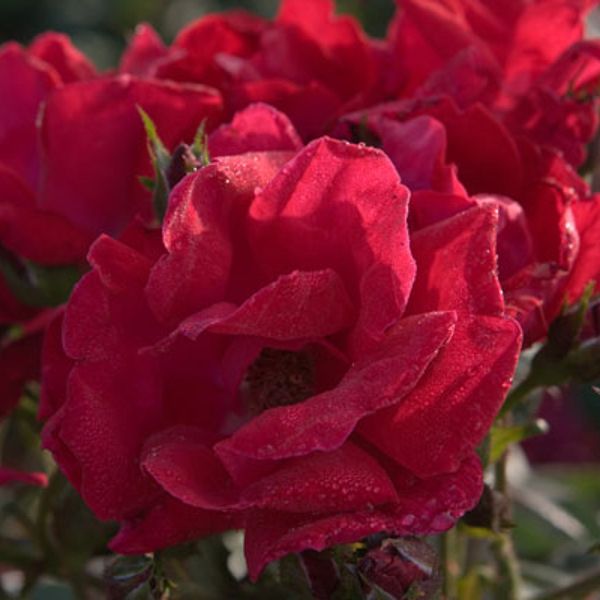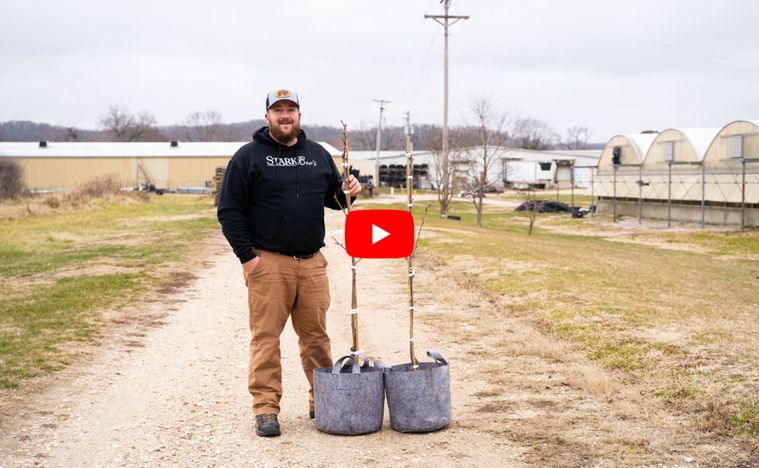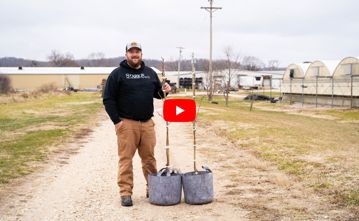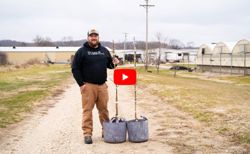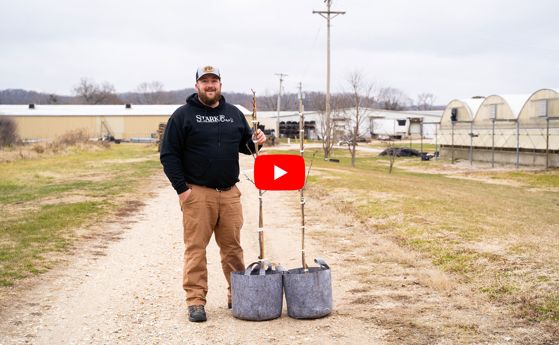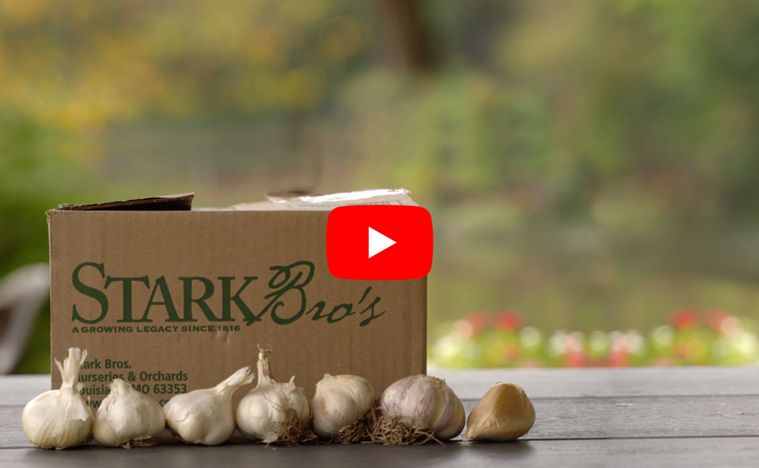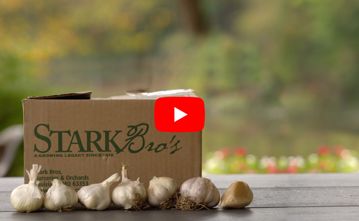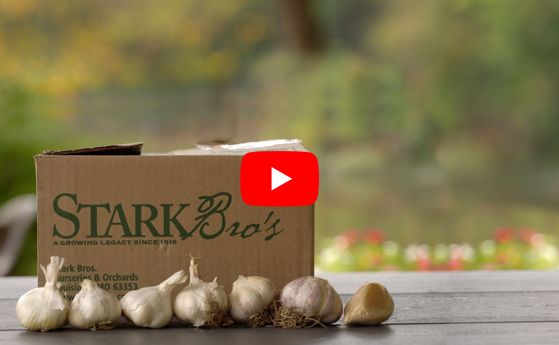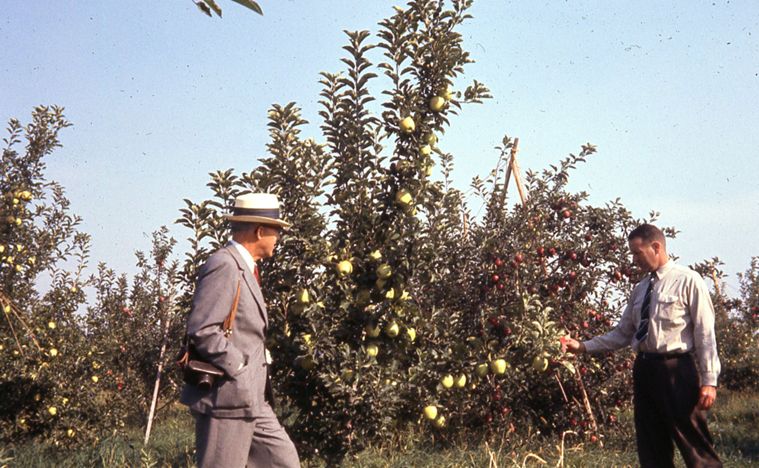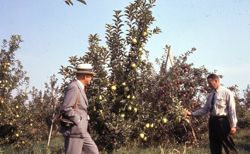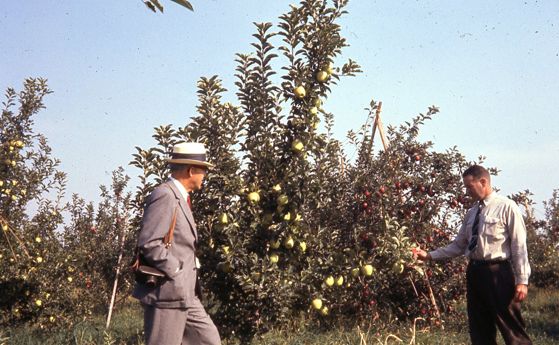All About Climbing Roses
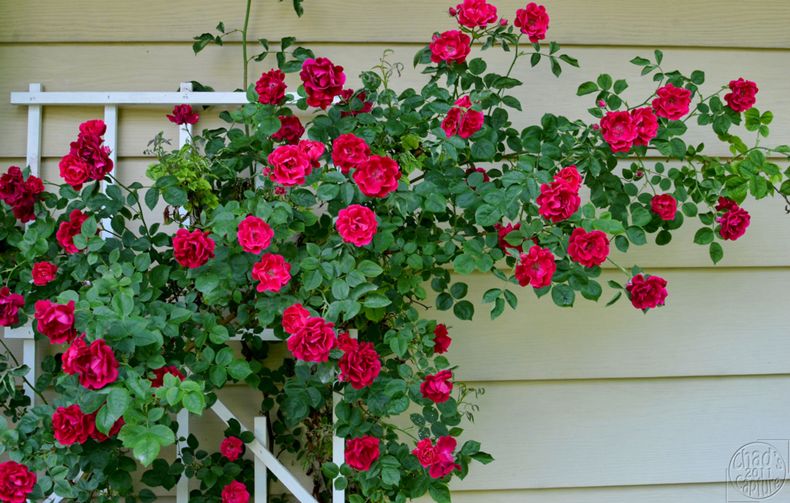
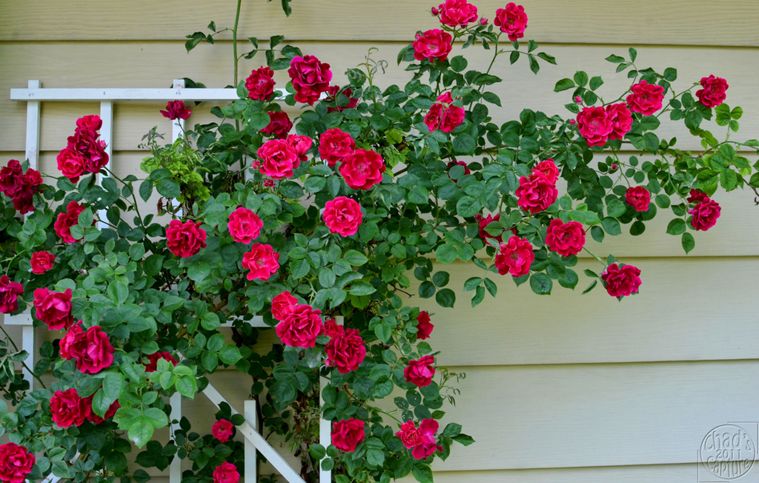
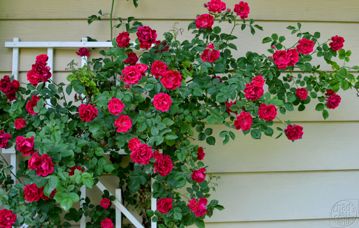
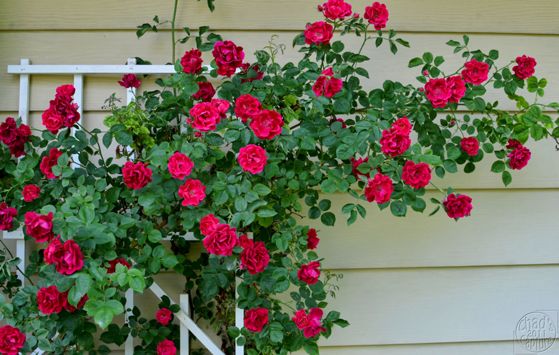
There's nothing more enchanting than the iconic "rose-covered cottage". The imagery of quaint, thatched-roof homes covered with long, sweet-smelling trails of colorful roses. Climbing roses can form a vibrant landscape backdrop for border perennials and annuals. They are also a lovely choice for arbors, trellises, fences, and pergolas. Most varieties will grow from 6- to 12-feet long and will spread about 3- to 4-feet wide. They are available in a range of pastels, brights, and multi-colors.
Climbers are considerably less fussy than their bush-form rose cousins; you simply need to have a handle on the basics and a little help from Mother Nature.
The Basics of Climbing Roses

Choosing a variety. Above all, determine whether the variety you want is suited for your growing zone – if you're not already familiar with the importance of growing things suited to your hardiness zone, you can read more about that in our blog post about planting in your zone. Next, choose the color you like and see if the mature size is suited for the space you've chosen. Then, look for a climber that is disease-resistant, repeat-blooming, or whichever other “bonus” features are most important to you. We like the cheery yellow Smiley Face™ Climbing Rose variety for its hardiness, vigor, and low-maintenance requirements.
Growing conditions. Most all rose types need full sun; they thrive in loamy, well-drained soil and prefer a consistent drink of water: about an inch a week. Eastern exposure is ideal to protect the leaves from hot afternoon sun. Note: roses with wet feet are susceptible to all kinds of fungus. Black spot and other diseases can spread to your other rose plantings, so keep a clean planting site and take care not to overwater. Good soil drainage will help mitigate heavy soaking rains.
Maintenance of Climbing Roses
Training. Gardeners usually want a climbing rose to serve a functional purpose (act as a screen, frame a doorway, etc.) as well as provide visual beauty to the space. To that end, the stems need to be trained to grow the way you want them to. Air circulation is important to prevent disease, so if you want the climber to cover a wall, use a free-standing vertical support that gives your rose at least three inches of breathing room between the plant and the wall. With a stretchable fastener, hand-tie your climber to the crosspiece of the structure and try to arrange the branches in a fan shape as it grows. This will help to make pruning easier. It's recommended that you train — do not try to heavily prune — for the first couple of years. This will encourage growth on the bottom of the plant, not just the tops, for a fuller appearance.
Pruning. Aside from sun, food, and water essentials, one thing you can do to turn your climbing roses into prolific bloomers is proper pruning. Pruning is only necessary once a year after the plants have been established. Many gardeners prune their climbing roses, for maintenance and shape, in the spring after the first blooms pass. As a result of proper pruning, your climbers will be significantly stronger and will produce many more blooms!
Note: Most climbing roses (hybrid teas) bloom two or more times every season: first on old canes, and then on the current season’s growth. If you prune in late winter (about the time forsythia blooms), you’ll get boatloads of blooms later in the season. For old-fashioned climbers that only bloom once in the summer, prune just after blooming has stopped.
When it’s time to prune, remove any dead, diseased, damaged, or crossing canes, and canes that are narrower than a pencil. When all you've got is main canes left, cut back the side shoots from these main canes to about 2-3 inches to keep them in line. The photo above shows the correct angle and place to cut on the cane.
Tip: Wipe your pruning tools with rubbing alcohol between each cut. This helps prevent the spread of disease when pruning, while also caring for your tools. After use, wash pruning tools with a mild soap, rinse, and towel-dry.
As always, deadhead your climbers to keep them blooming, but just until fall — allowing hips to develop helps the plant enter dormancy, which will help it overwinter properly.
Feeding. Fertilizer requirements differ, depending upon where you live and your individual soil composition. In the South or West, where roses tend to grow for 9 or 10 months of the year, more fertilizer may be needed. In contrast: in the North, where roses may have three or four months of growth, less fertilizer will be used.
- Time-release rose food is the easiest form to use; all you have to remember is to apply it once or twice per season, and water before and after use to avoid burning.
- Organic gardeners like a 50/50 mix of cottonseed and alfalfa meals. Use 10 cups of this mixture at the base of each rose every 10 weeks, and cover with mulch.
- At Stark Bro's we carry a rose mix that contains alfalfa meal, fish meal, cottonseed meal, blood meal, steamed bone meal, and other nutritious ingredients, while maintaining a low odor.
Start fertilizing in early spring after pruning, about four weeks before spring growth begins. In cold-winter regions, stop fertilizing six weeks before the first predicted frost to allow the plant to go dormant before a hard freeze.
Mulching and winterizing. Mulch is critical to keep rose roots evenly moist in the summer, and to protect them against hard freezing over the winter. Apply a layer of mulch, only a few inches thick, around roses in the spring – this may happen at planting time if you plant roses in the spring. Later in the fall, after the first frost, pile up more mulch around the plants to provide extra insulation. As the ground warms and thaws in the spring, gradually remove the excess mulch and leave a layer of mulch that is just a few inches thick again.
Care of Climbing Roses

Pest control. Roses seem to attract more insects than any other flower – beneficials and pests alike! Pests may chew and pit the leaves, wilt the petals, and burrow into the stems. You can nip pest problems in the bud with organic insecticidal soap — it acts quickly and on contact (not systemically) to get rid of common rose pests like aphids, scale, and whiteflies, with an all-natural solution. Note: pesticides don't know the difference between beneficials and pests, so never use pesticides when bees or other beneficials are present.
Disease control. Roses are subject to black spot, anthracnose, and other fungal problems caused by a recipe of too much water, humidity, and heat. Some varieties are more disease-resistant, which makes for an easy-care plant – great for first timers! If your climbing roses do develop a fungal disease, a disease control spray like should be used. For a natural alternative in organic gardens, copper based spray/dust is effective against mildews and other diseases.
Climbing roses are a unique twist to the traditional landscape – and since they take up very little ground space, you can enjoy growing your own climbers even if your space is limited. Now that you have the basics down, you're ready to get started growing your own climbing roses this season!
A great thing about roses is how easy they are to plant. Read our directions and watch this simple video demonstration of how to plant a rose bush.


